Estimates of genetic parameters and trends for reproduction traits in Bonga sheep, Ethiopia

Authors:
Investigation was carried out to assess the effects of environmental factors and to estimate genetic parameters and trends for
reproductive traits in Bonga sheep, Ethiopia. Animals used in this study were managed by two communities involved in a
community-based breeding programs (CBBPs) from 2009 to 2018. The database consisted of 15,595 individual phenotypic
information from about 1500 ewes with variable number of records for each trait. The traits analyzed were age at first lambing
(AFL), lambing interval (LI), and litter size (LS). Fixed effect analysis was done using the general linear model procedures of
SAS. The Average Information Restricted Maximum Likelihood method of WOMBAT, fitting univariate animalmodel, was
used to estimate heritabilities, repeatabilities and breeding values. Results showed that Bonga sheep had overall mean AFL, LI,
and LS of 453 ± 109 days, 254 ± 51 days, and 1.43 ± 0.008, respectively. All traits were influenced (p < 0.01) by lambing year,
lambing season, breeder communities, and parity of ewes. Estimates of heritability for AFL, LI, and LS were 0.015 ± 0.143,
0.009 ± 0.070, and 0.085 ± 0.110, respectively. The low heritabilities for the traits are expected and indicate low possibility of
achieving rapid genetic progress through phenotypic selection. The repeatability estimates for LI and LS were low (0.109 and
0.196, respectively) indicating that non-genetic factors had significant influence to the variation in these traits among parities;
therefore, selection decision on ewes should consider repeated records. The genetic trend for AFL, LI, and LS over the years was
significant (p < 0.01). Positive values for LS and negative for AFL and LI were recorded, implying that the well-structured
CBBPs have resulted in measurable genetic gains for the reproductive traits.
